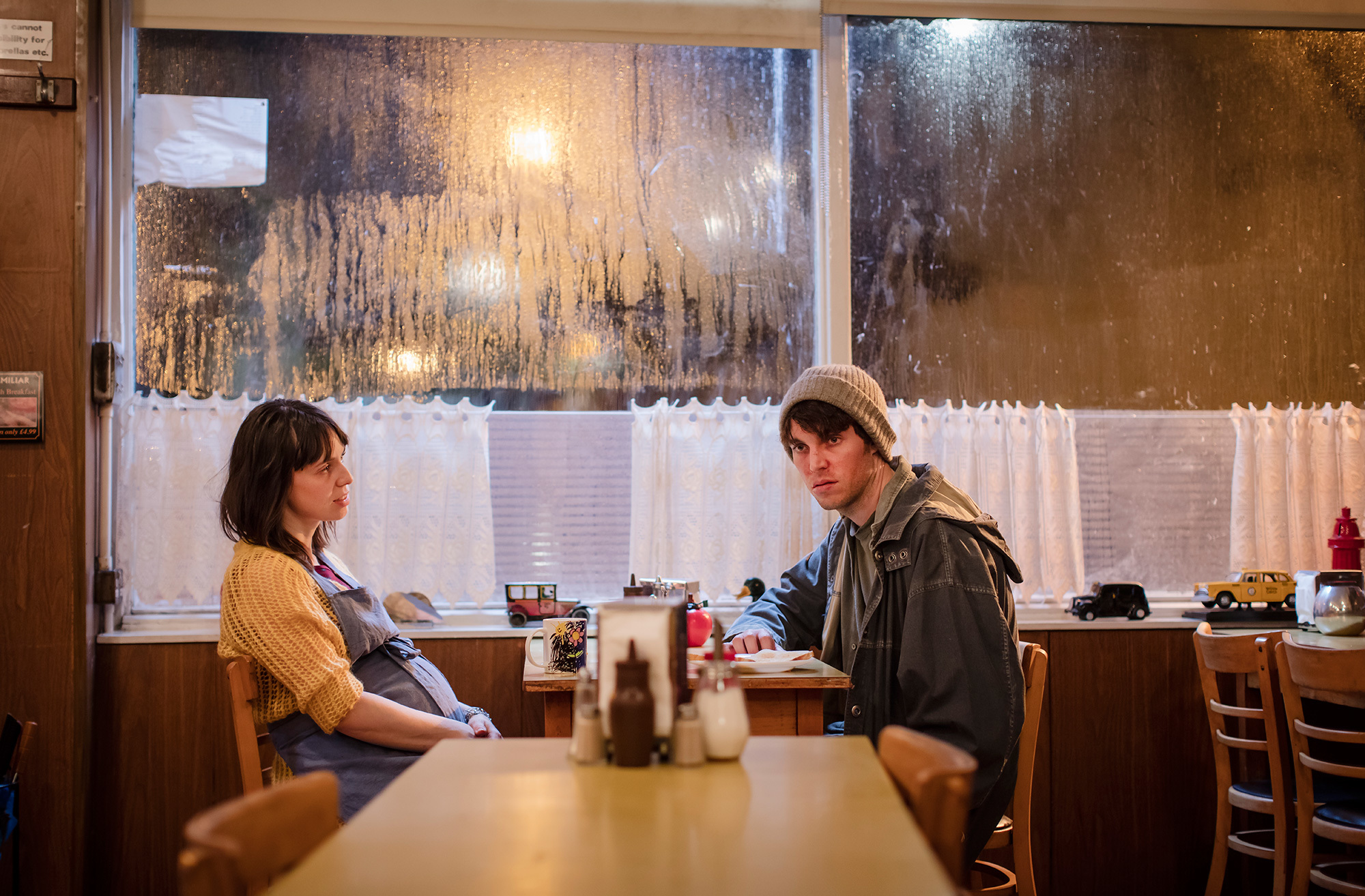Neil Gaiman writes about ideas so peculiarly perverse that even he is sometimes startled by the universe he imagines. He once listened to an audiobook of his short story, Babycakes, where all the animals in the world disappear so humans use babies instead for horrific experimentation. “It’s a horrible short story,” recalls Gaiman. “I was listening to it and thinking this is really fucked up, what kind of awful mind would come up with that? Oh yes, it’s me.”
Dark, twisted and brainy fantasy has been Gaiman’s game since he first started writing short stories in the 1980s. He made his name internationally with The Sandman series, which Norman Mailer described as ‘a comic strip for intellectuals’ and which elevated the graphic novel to the level of art. At 55, Gaiman’s oeuvre spans novels, comic books, theatre and films. This week sees an adaptation of his short stories on television.
Likely Stories on Sky Arts, directed by Iain Forsyth and Jane Pollard, the duo behind Nick Cave’s 20,000 Days on Earth, is a four-part series set in London’s East End, where things are not quite how Instagram filters it. Instead in the first episode, Foreign Parts, a young DLR commuting officer worker [played by George MacKay] is struggling with a possible venereal disease that threatens to consume him, much like his very real loneliness. In a story called Feeders and Eaters, the London housing crisis takes an unappetising turn when a fresh faced lodger [Tom Hughes] finds his elderly neighbour has more than a thirst for household pets. That’s only the first of four standalone episodes, which don’t get any lighter. “They don’t stop being twisted,” Gaiman laughs.

The directors chose the four stories from your collections. What do you think unites them thematically?
They went for the dark stuff. They really went for the jugular. They are stories that are all about loneliness, they are all about the act of storytelling. They’re about how we make sense of our lives by explaining it to other people. They are all about alienation. They are all about consumption.
The first adapted story, Foreign Parts, took a long time to get published originally. Why so?
I was 23 when I wrote Foreign Parts. It took five years before it saw print. At the time, in 1984, none of the science fiction magazines would print because it had too much sexual content. The men’s magazines wouldn’t because it didn’t paint a rosy view of sex. It was about a venereal disease. About the time, I [became] famous enough that anyone would have published, that the landscape of the world had shifted so much that if you talked about a venereal disease it was about AIDS. Everything became an AIDS metaphor. I didn’t like it as an AIDS metaphor because it’s about something else, loneliness and the inability to communicate.

Feeders and Eaters was a story you dreamt. What does a Neil Gaiman dream consist of, if not fully realised stories?
I get the mundane dreams. The weirder dreams tend to be weirder than most. Those moments where you tend to be pursued through an eternal castle by something with a face that looks like spaghetti. There’s moments where I wake and think that’s a very Neil Gaiman kind of dream, I wonder if I can use that. I used to have really bad nightmares in my 20s. The more I became a writer and woke up realising I could use the images, the nightmares stopped.
Another of the stories, Closing Time, is set in an old fashioned Soho drinking den. How do you feel about the area now?
I love Soho. It’s not the same but there’s a weird life in Soho that keeps bubbling up. I worry it’s getting cleaned up now to the point where it’s not itself anymore. Little alleys it used not to be safe to walk down are now well lighted places where nobody is going to invite you in to a seedy sex show or attempt to sell you drugs, members of their family or just hit you and take your money from you. The common things they used to do in Soho of an evening.

Why does Foreign Parts‘ theme of loneliness still resonate?
There are definitely people who can find what they need on the web, through their phone but I worry all the devices that bring us together, push us further away. Hummingbirds need sugar to survive. There are people in America who think they are being helpful by making hummingbird solution with artificial sweetener because they know that sugar is bad. The hummingbirds drink the solution because it is sweet and then they die, because they are not getting any calories. I feel a lot of web connection is absolute empty calories. I remember feeling really lonely a couple of years back when I was off writing by myself. I posted that on twitter. Somebody on twitter said, how can you be lonely, you have 1.5 million followers? I posted back: make me a cup of tea. It means nothing. It’s empty calories.
You’ve said before that comic books were virgin territory for you to go into to create. What would that territory be now for a young person looking to innovate?
I think there is [that space] but I suspect it’s in places we are not even looking. Comics really did feel like virgin territory. You could do much. I am absolutely fascinated by cheap personal film. The way people can build using podcasting, YouTube, using web based comics and interfacing all of them. If I were 22 right now, I would be going figuring out things that no one has figured out before. There’s so many ways to tell stories. Technology impacts the way we tell stories, except that we always need stories.

The Sandman is proving elusive to big screen adaptation. Do you think long form television might be better suited?
In America, they are turning [his novel] American Gods into a television series. For years, I would get phone calls from big Hollywood directors saying they’d just read American Gods and wanted to turn it into a film, but had no idea how. They said it wasn’t film shaped but I wanted to do something big and weird and sprawling, like Sandman. Something that wandered and road tripped and when it came to the end, ended five different ways. That’s the stuff that couldn’t be made as a film. Attempts to film it always failed because you couldn’t squeeze it. Now, all of that stuff feeds into how they’re making television.
What consumes you now?
I’m broody for the next novel. I’ve been finishing a collection of non fiction coming out at the end of this month. I’ve just finished a book of short pieces. The only thing that is peculiarly consuming me is fatherhood. For the first time in 21 years I’m a dad again [with Gaiman’s wife, the musician Amanda Palmer]. I’m fascinated watching the baby’s mind change on a daily basis. Watching him figuring out everything. I missed it first time around because I was really busy, you know, getting today’s four pages of Sandman done.
Neil Gaiman’s Likely Stories starts on Sky Arts Thursday 26th May at 9pm.
Credits
Images courtesy of Sky Arts
